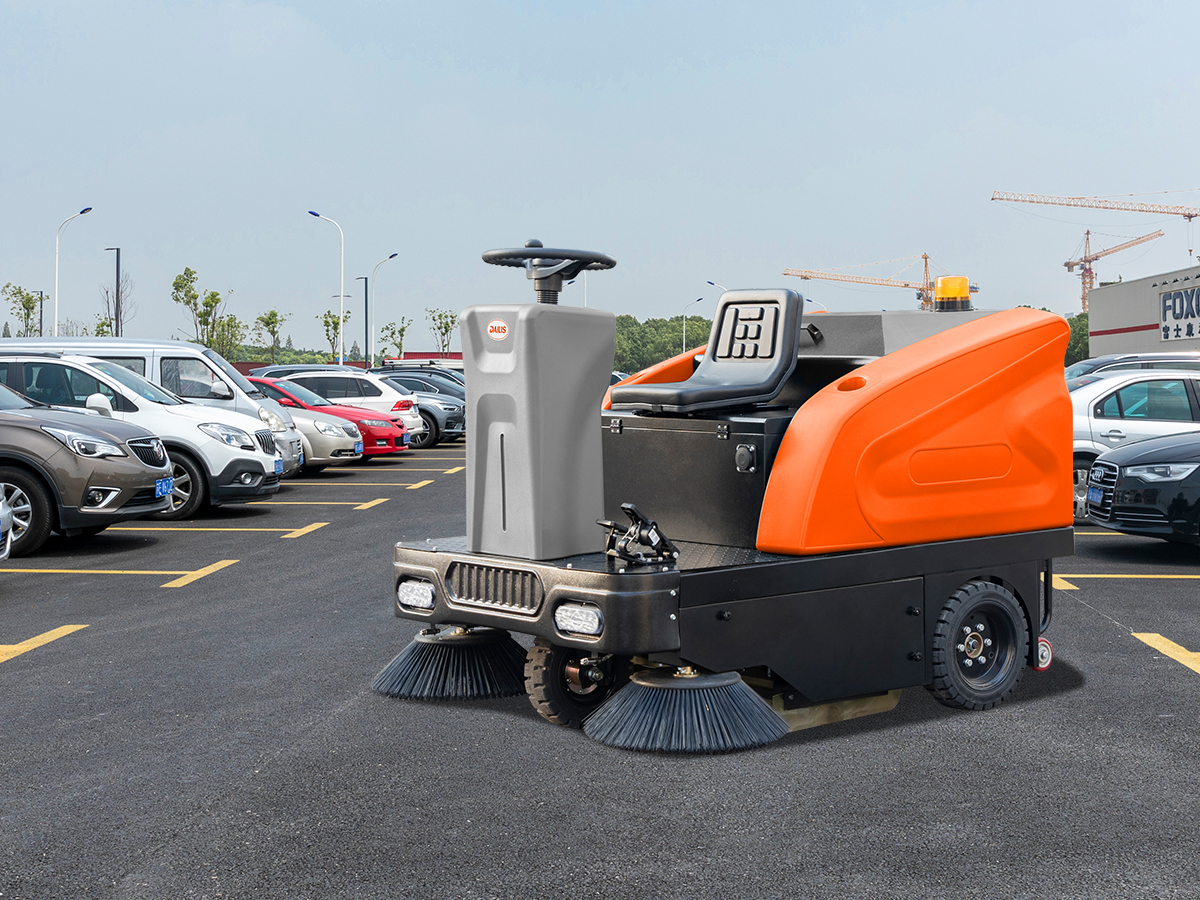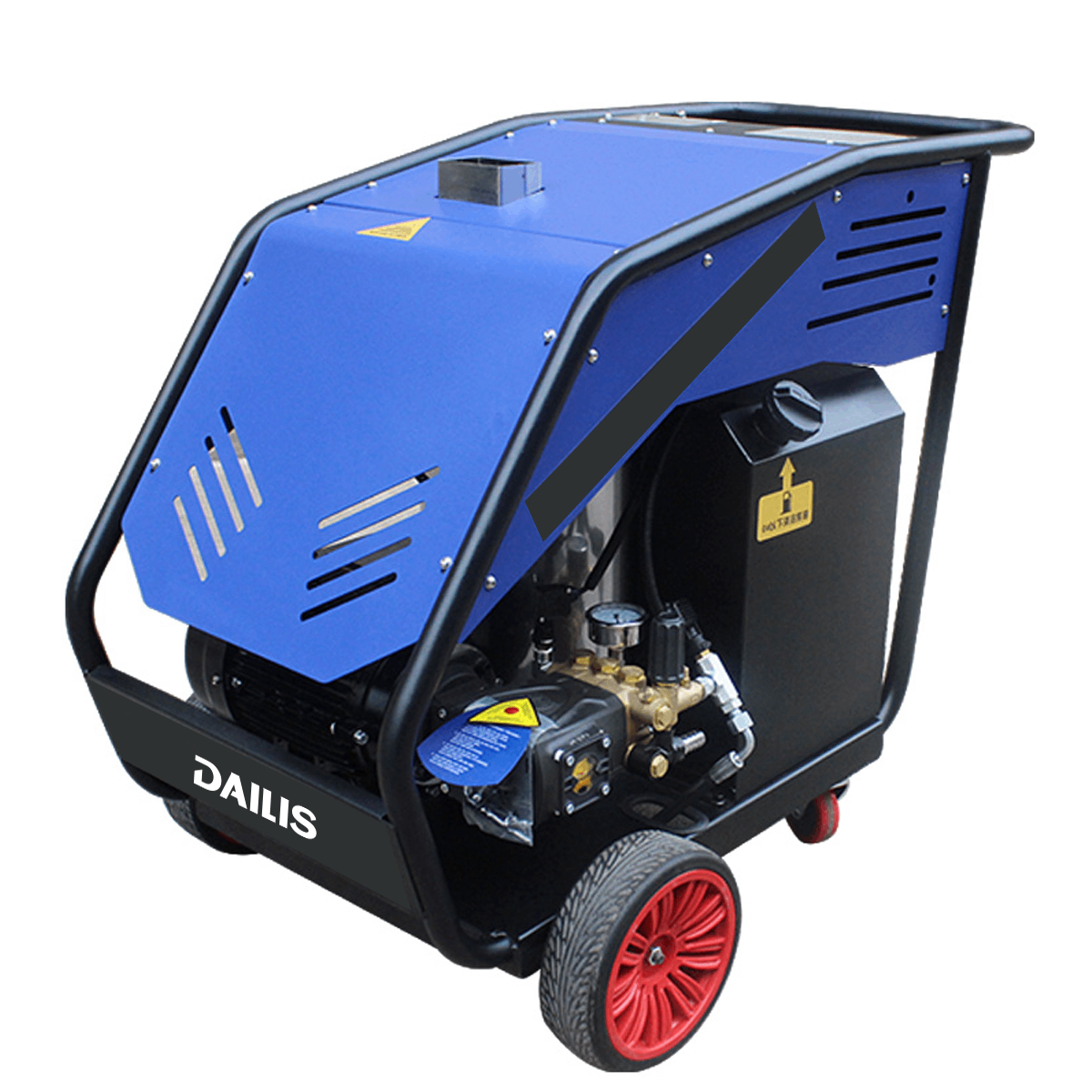Operation Training and Adaptability Assessment
Operation Training: Cleaning personnel must receive comprehensive training before officially operating the sweeping vehicles. They need to be familiar with the operation methods, steps, and techniques of the sweeping vehicles to ensure correct and safe use of the equipment. Additionally, they should understand the differences between equipment from different manufacturers to prevent potential safety hazards caused by improper operation.

Adaptability Assessment: Assess whether the sweeping vehicles are suitable for the ground material, slope, and turning space conditions of the parking lot. Select appropriate cleaning strategies and tools to avoid damaging the ground or causing equipment malfunctions.
Safe Driving and Maintenance
Collision Avoidance: When using sweeping vehicles, drive cautiously to avoid colliding with surrounding walls, pillars, and vehicles. Despite the presence of collision protection devices, safety should be highly prioritized, and sharp objects and entanglements should be avoided.
Maintenance: Control the sweeping speed to prevent safety issues or ineffective cleaning due to excessive speed. Avoid water-logged areas to prevent motor ingress. After each use, promptly empty the trash, recharge the battery, and perform necessary cleaning and maintenance tasks.
Noise Control and Cleaning Efficiency
Low-Noise Selection: Choose low-noise sweeping vehicles, especially when working in parking lots near residential areas, to reduce noise disturbances to nearby residents.
Cleaning Efficiency: Develop suitable cleaning plans based on the specific conditions of the parking lot to improve cleaning efficiency. Regularly inspect and replace wear parts to maintain the optimal cleaning performance of the equipment.
Safety Management and Data Recording
Warning Signs and Emergency Response: Set up warning signs during cleaning operations to remind passing vehicles and pedestrians to avoid the area. Train cleaning personnel to master basic emergency response skills to ensure rapid response in emergencies.
Intelligent Management: Utilize modern technology for intelligent management, such as GPS positioning and remote monitoring, to monitor the working status of sweeping vehicles in real-time and record data. Optimize cleaning routes and strategies through data analysis.
Personnel Training and Incentive Mechanisms
Continuous Training: Regularly conduct training for cleaning personnel on safety operation procedures, equipment maintenance, and other aspects to enhance their professional knowledge and skills.
Incentive Mechanisms: Establish reasonable reward and punishment systems to motivate cleaning personnel’s work enthusiasm and sense of responsibility, ensuring the efficient and safe use of sweeping vehicles.
In conclusion, when using sweeping vehicles in parking lots, comprehensive consideration and integration of issues related to operation training, safe driving, noise control, cleaning efficiency, safety management, data recording, and personnel training are necessary to achieve comprehensive optimization and continuous improvement of cleaning operations.





